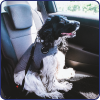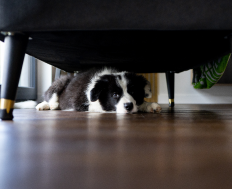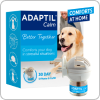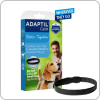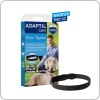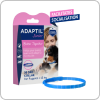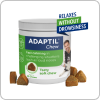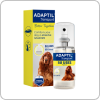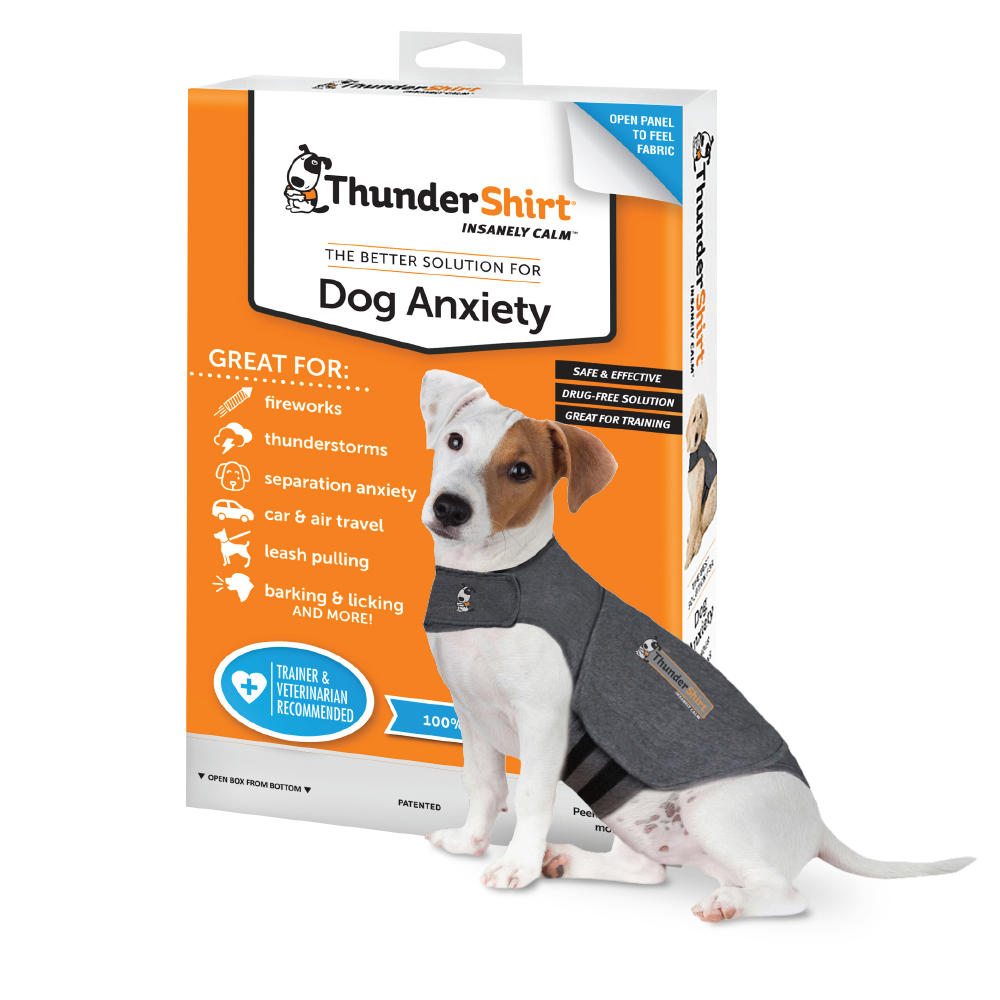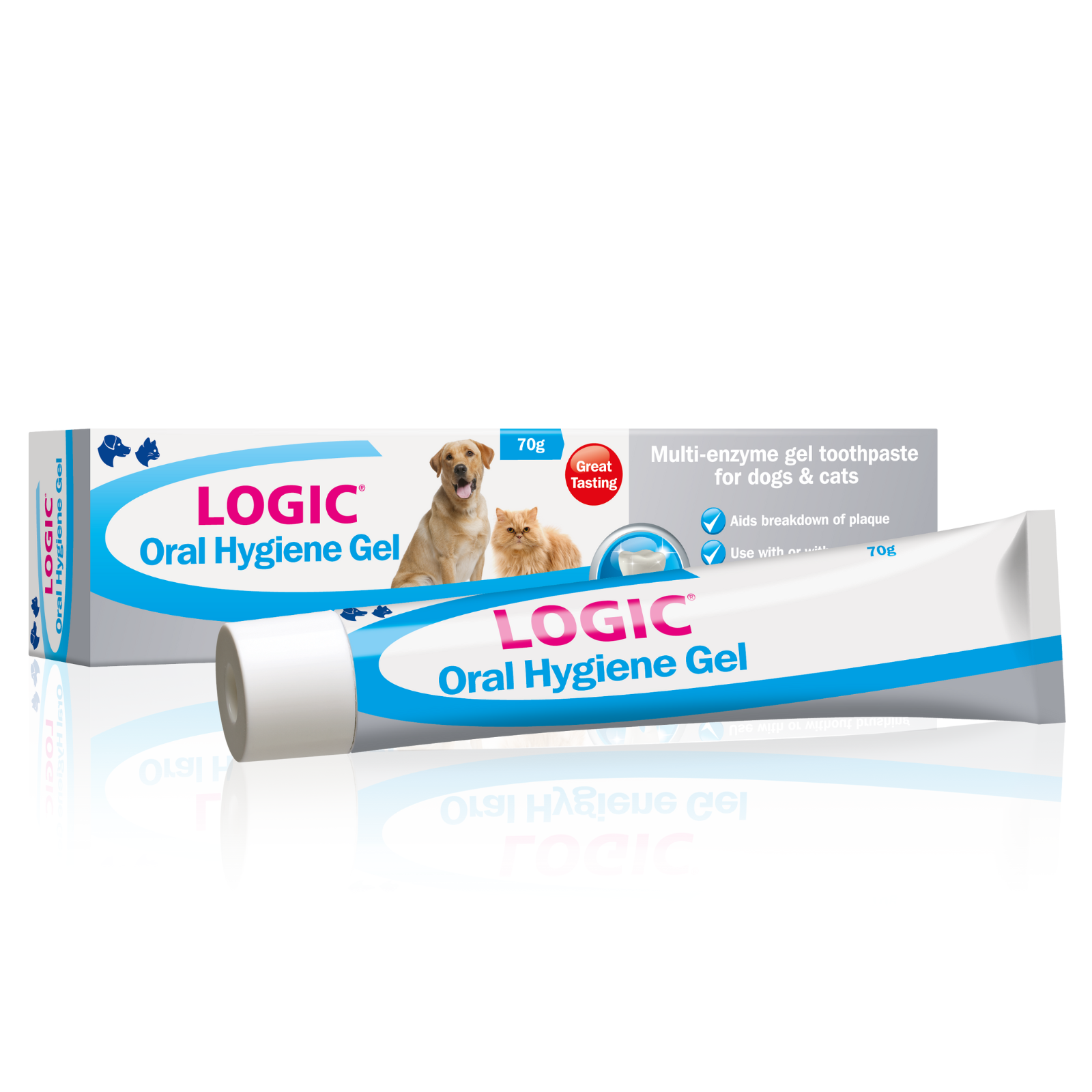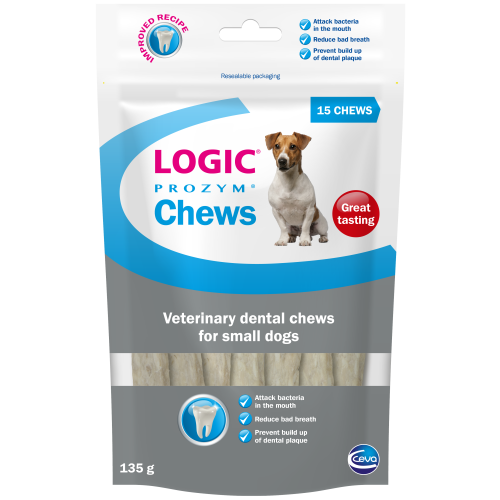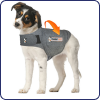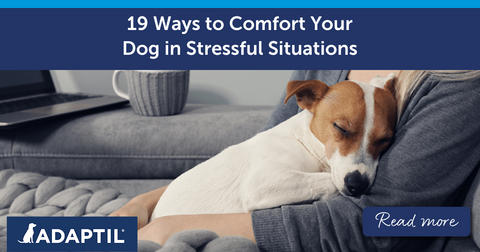
Is There Such a Thing As Hypoallergenic Dog Breeds?
For many of us dog lovers, allergies can be a significant barrier to enjoying the canine companionship of a pooch. This is where you may have heard about hypoallergenic dogs being the solution, but what really does hypoallergenic mean? And what are hypoallergenic dog breeds?
We know that there can be many mixed messages and even myths about hypoallergenic dogs, so in this blog, we’ll take you through everything you need to know!
Are There Hypoallergenic Dogs?
First, let’s get this myth straightened out. Unfortunately, there are no completely hypoallergenic dog breeds. The term "hypoallergenic" suggests that a dog breed is unlikely to cause an allergic reaction. However, no specific dog breed will 100% ensure that there is no reaction if you are allergic.
Many people that are allergic to dogs think that their allergy comes from interacting with the dog’s fur. In fact, these allergies are caused by dander, which are proteins found in a dog's skin cells, and saliva, which is placed on the dog's hair when they groom themselves.
All dogs have dander, even hypoallergenic ones. Dander also tends to be ‘sticky’ and will cling to lots of different surfaces in your home. However, some breeds produce less dander, and these are considered hypoallergenic dog breeds. Even though hypoallergenic dogs don’t technically exist, your allergies will often be easier to manage around dogs with less dander.

What Are The Signs of a Dog Allergy?
Around 10% to 20% of Western populations are allergic to dogs, and some people don’t realise that dogs may be causing their allergies to flare. When a person with allergies encounters the proteins on a dog’s skin, their immune system can overreact. In the scenario of an allergic reaction, some of the things to look out for include:
-
Sneezing and runny nose
-
Itchy, red, or watery eyes
-
Nasal congestion
-
Coughing, wheezing, or shortness of breath
-
Skin reactions, such as hives or rashes where a dog has licked
If you are allergic to dogs, don’t be too disheartened. If your allergy isn’t too severe, there are still ways you and a furry friend can live successfully together. Some dog breeds can moult less and produce fewer allergens, which can cause less of a reaction.
Which Dog Breeds Are Thought to Be 'Hypoallergenic'?
Although there are no completely hypoallergenic dogs, there are some breeds that shed less. These can cause fewer symptoms in allergy sufferers. Some of these hypoallergenic dog breeds include:
-
Poodle – They are quite well known for being a hypoallergenic dog breed as they have a curly, dense coat that sheds minimally.
-
Bichon Frise – This is a small hypoallergenic dog breed that has a curly coat, which traps dander, reducing its spread.
-
Portuguese Water Dogs – This breed is known for their curly or wavy coat, which means they shed less and produce less dander.
-
Schnauzer – This breed has many sizes, such as miniature, standard, and giant. They also have a wiry coat that sheds minimally.
-
Maltese – This is another small hypoallergenic dog, with long, silky hair that sheds very little.
-
Afghan Hound – Despite their long, flowing coat, they shed very little and have a thin undercoat with low dander.
-
Yorkie – They are great family dogs and have a fine, silky coat that sheds minimally and produces less dander.

Tips For Reducing Dog Shedding & Coping With Dander
If you suffer from dog allergies, you can manage by finding ways to reduce dog shedding and dander. Although there are no dogs that don’t shed, if you have a dog that sheds minimally, there are ways to cope:
Regular Grooming
-
Brush your dog frequently – Regular brushing helps remove loose hair and dander, reducing the amount that ends up in your home. Allergic people may consider wearing a mask and gloves when brushing their dog.
-
Choose the right brush – Make sure you use a brush that suits your dog’s coat type to maximise the effectiveness.
-
Groom outside – Grooming your dog outside can help to reduce the allergens in your home.
-
Professional grooming – Visits to a professional groomer can help manage shedding and keep your dog's coat healthy.
A Clean Home Environment
-
Vacuum and clean regularly – Frequent cleaning can help reduce the amount of dander in your home. Using a vacuum with a HEPA filter on the areas your dog likes the most allows the allergens to be trapped.
-
Air purifiers – Consider using air purifiers with HEPA filters to reduce airborne allergens.
-
Keep dogs out of bedrooms – Limiting your dog's access to certain areas, like bedrooms, can help create an allergen-free zone. But make sure your dog also has a comfy place to rest!
-
Good ventilation – Allowing air into your home by opening the windows can ventilate airborne allergens.
-
Reduce stress shedding – Dogs tend to shed more when they are stressed or anxious. Plugging an ADAPTIL Calm Diffuser into different rooms in your home can help to create a calming environment to limit stress shedding.

Diet and Supplements
-
Healthy diet – Feeding your dog a high-quality diet can improve their skin and coat health, which can help to keep shedding to a normal amount.
-
Supplements – Omega-3 fatty acids, found in fish oil supplements, can help improve coat health and may help to reduce shedding in general.
Managing Contact
-
Discourage your dog from licking you – Allergens are also found in a dog’s saliva, so limiting their licking will result in less reaction.
-
Wash your hands after contact – Cleaning your hands after coming in contact with a furry friend can clear your skin of potential irritation.
If you are looking to adopt a new dog, it is worth spending time with them to check for any allergic response as every dog is different! Purebred dogs may be more predictable than mixed-breed dogs as their genetic and family history can be more known to the breeder.
If you have any further questions about how to manage your allergy, speak to your GP for advice.
For more tips on hypoallergenic dogs and how to manage allergies, explore our further articles online. Or to receive the latest news and guides straight into your inbox, don’t forget you can sign up to our newsletter!
